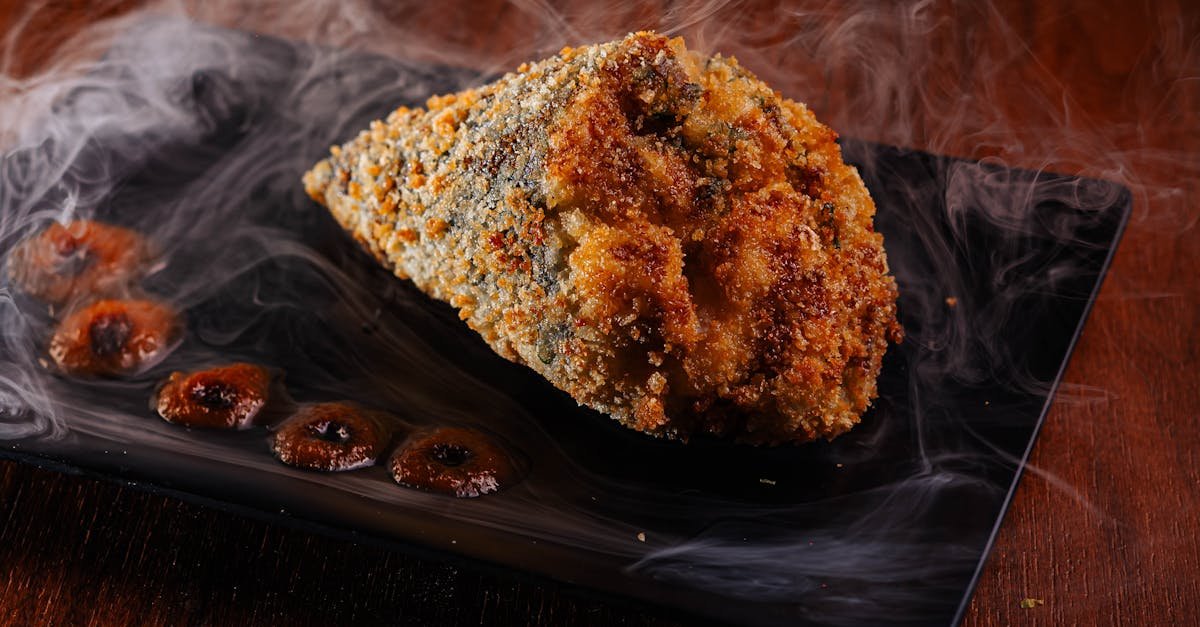In a difficult economic context, restaurants are feeling the disarray of customers facing the rise in prices. Food lovers, frustrated by soaring bills, are starting to think about their gastronomic outings. This change in behavior, affecting even families who were still considering going out, reveals a new relationship with restaurant costs. Customers, tired of excessive prices, are increasingly turning to other alternatives, thus redefining their priorities.
Why are the French disengaging from restaurants?
A new study conducted by Gira Conseil reveals that two-thirds of consumers have recently reduced their restaurant outings. The reasons cited are varied, but the main one is the rise in prices. In recent years, many establishments have raised their prices, leading to an adjustment in the eating habits of the French. The middle class and families with children seem particularly affected by this shift.
A César salad that once cost 14 euros is nothing more than a distant memory: this dish now trades around 17.50 euros. Entire families hesitate to cross the threshold of restaurants to avoid blowing their budget. Traditional restaurants are thus suffering from a loss of attractiveness compared to cheaper options like cafés-bakeries, which offer a nicer setting and more accessible prices. The challenge is enormous for restaurateurs trying to adapt to these new trends.
How does the crisis influence consumer choices?
Today’s consumers are facing a tough economic reality. Food expenses continue to rise, and this inflation is particularly felt during meals out. 75% of the French have changed their consumption behaviors, leading to a significant decline in restaurant attendance. For economic reasons, many prefer to reduce the frequency of their outings or opt for more economical dining options.
Consumers are showing a desire to control their budget when it comes to lunch breaks. Takeaway outlets are gaining more customers as they are seen as practical and economical solutions. Restaurateurs must therefore review their offerings to attract an increasingly demanding audience regarding value for money.
What impact does the quality of dishes have on customers’ decisions?
The perceived quality of dishes also has a strong impact on customers’ decisions to venture into a restaurant. On one hand, they seek a gastronomic experience that justifies the high price. On the other hand, when they notice a certain standardization of products, disappointment is immediate. The example of mussels and fries at 21 euros has been cited by many dissatisfied consumers who perceive a reduction in quality in relation to the price.
Customers want culinary know-how and quality ingredients. Here are some strategies that restaurateurs should consider:
- Offer seasonal menus at attractive prices.
- Highlight local and premium quality ingredients.
- Provide family meals to meet the economic needs of families.
How does telework change our eating habits?
The rise of teleworking has redefined employee practices, with more frequent home lunches. Couch dining and impromptu lunches in the kitchen are replacing traditional lunch breaks at restaurants. Workers who stay at home have little incentive to leave their homes for a meal, thus reducing the customer base of establishments.
This phenomenon has consequences for the restaurant market, forcing owners to find new ways to attract them, such as:
- Offering promotions on takeaway meals.
- Creating partnerships with local businesses for business lunches.
- Developing events around gastronomy to restore customer engagement.
How do prices influence restaurateurs’ decisions?
Prices in a restaurant are not set arbitrarily. Restaurateurs must adapt them based on several factors: the cost of raw materials, fixed charges, and personnel salaries. However, the increase in these costs poses a real dilemma for restaurants. How to justify a price adjustment without losing customers?
The answer is not simple, but clear communication about the reasons for the increase could help them maintain a loyal clientele. Restaurateurs must find a balance between what they wish to offer and what customers are willing to pay, while keeping in mind:
- The need to explain price increases through the customer experience.
- The possibility of adjusting portions to provide a better perception of value.
- The promotion of fixed-price menus to reassure a budget-conscious clientele.
What alternatives do customers choose to avoid paying high prices?
Faced with the pressure of high prices in restaurants, many customers are turning to other alternatives. Cafés-bakeries, for example, are increasingly establishing themselves as a popular option, providing a friendly setting while remaining affordable. Customers appreciate this hybridization that combines the spirit of a café and a bakery with reasonable prices.
Customers are looking for more choices, especially as fast food and takeaway dishes become favored options. They want a quality experience without the cost associated with dining out at a restaurant. In times of crisis, consumers are getting creative and turning to:
- Homemade meals.
- Home deliveries offered by digital platforms.
- “#mealprep” trends on social media in favor of pre-packaged cooking.

The current situation of restaurants is alarming, both for professionals and customers. With a price increase on the menu of nearly 12% in 2022 and 8% in 2023, many consumers hesitate to go out. This reality is leading to a true behavioral transformation: two-thirds of the French have recently reduced their restaurant outings, citing cost as the main reason.
However, cafés-bakeries are gaining popularity by offering a more economical alternative. Perceived as friendly and accessible, they manage to attract a clientele that flees traditional restaurants due to high prices. Customers are now looking for a dining experience that combines quality and reasonable prices, a challenge that restaurateurs must meet.
The economic situation, marked by rising food costs and fluctuations in energy prices, forces establishments to review their pricing strategy. Restaurateurs must show ingenuity to maintain their attractiveness while managing tighter budgets, at the risk of losing their clientele.







